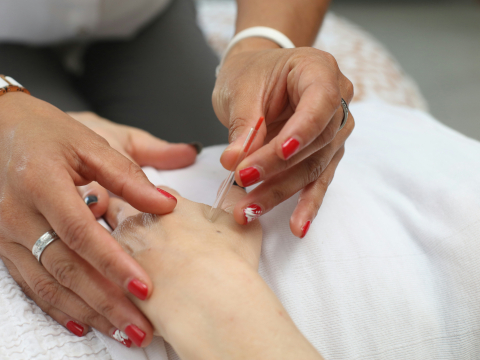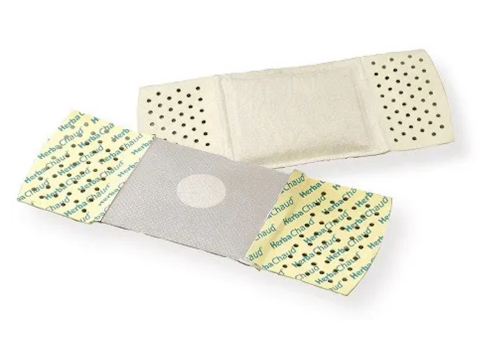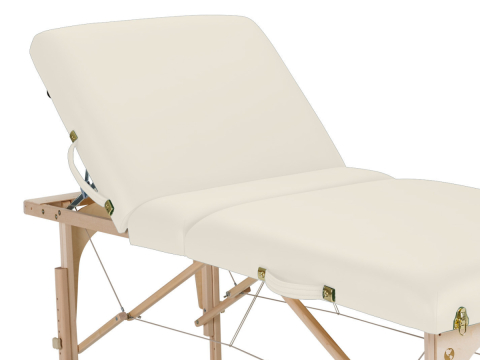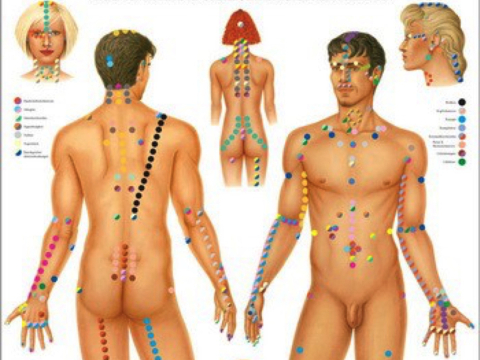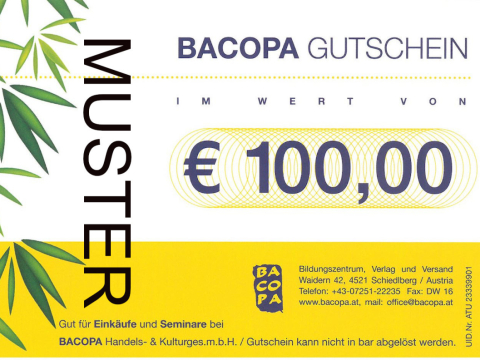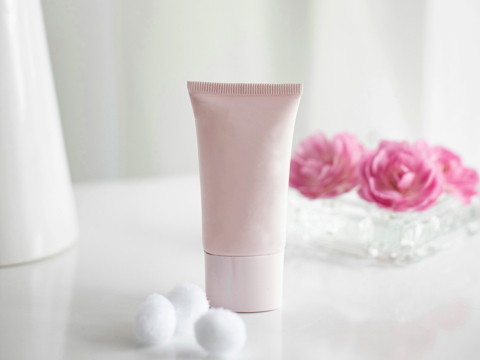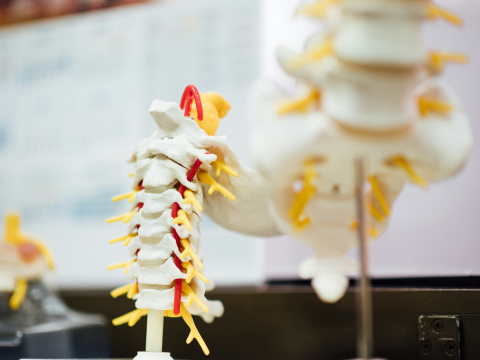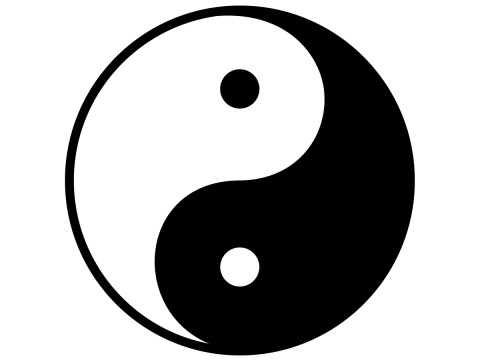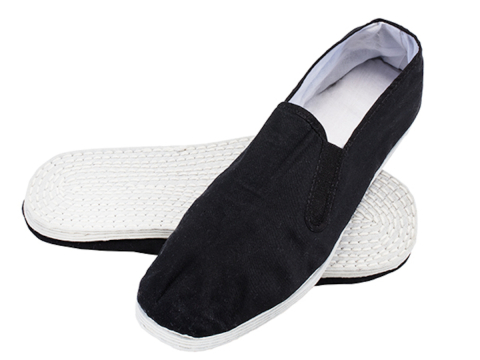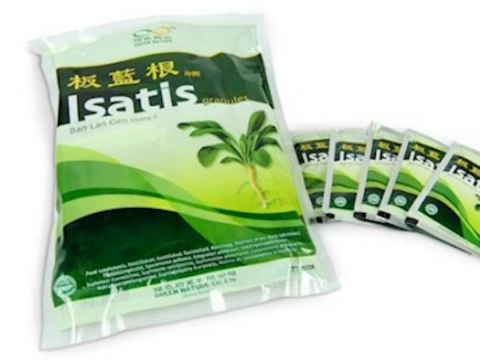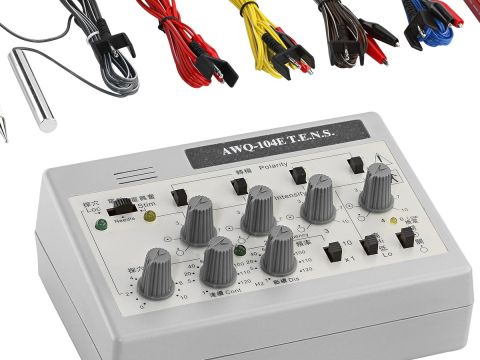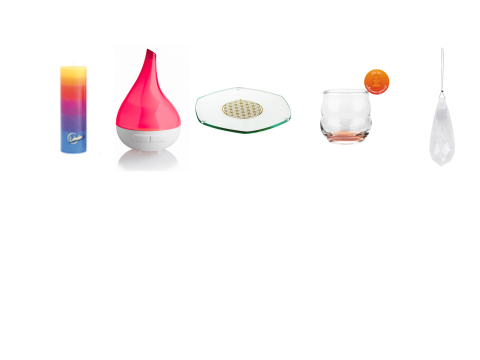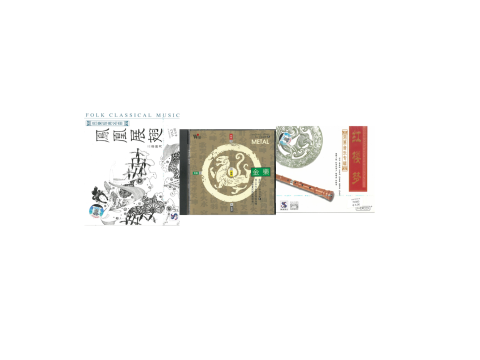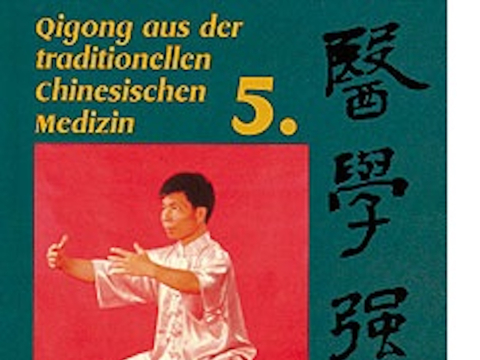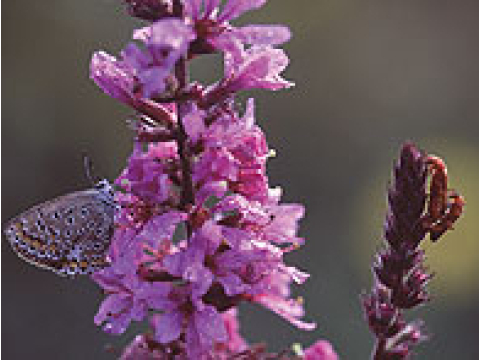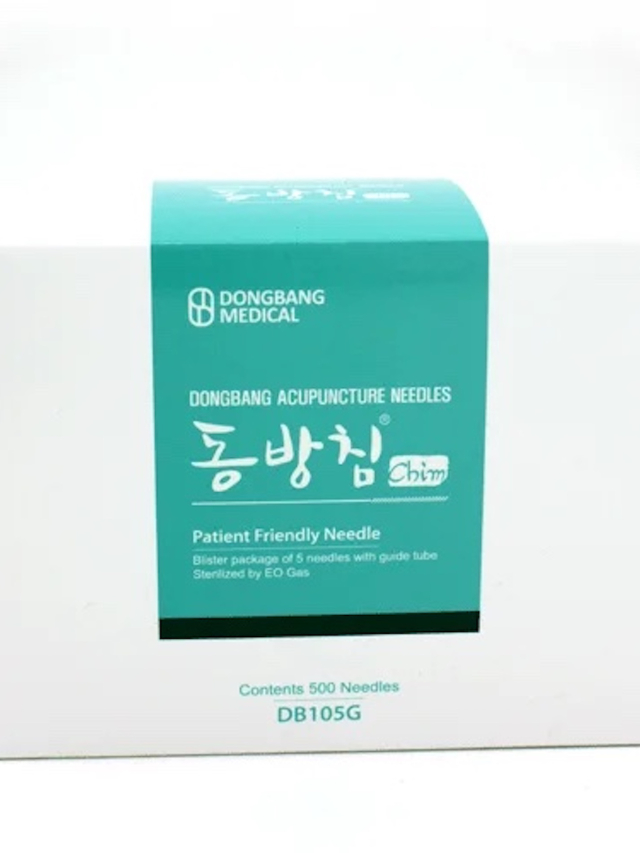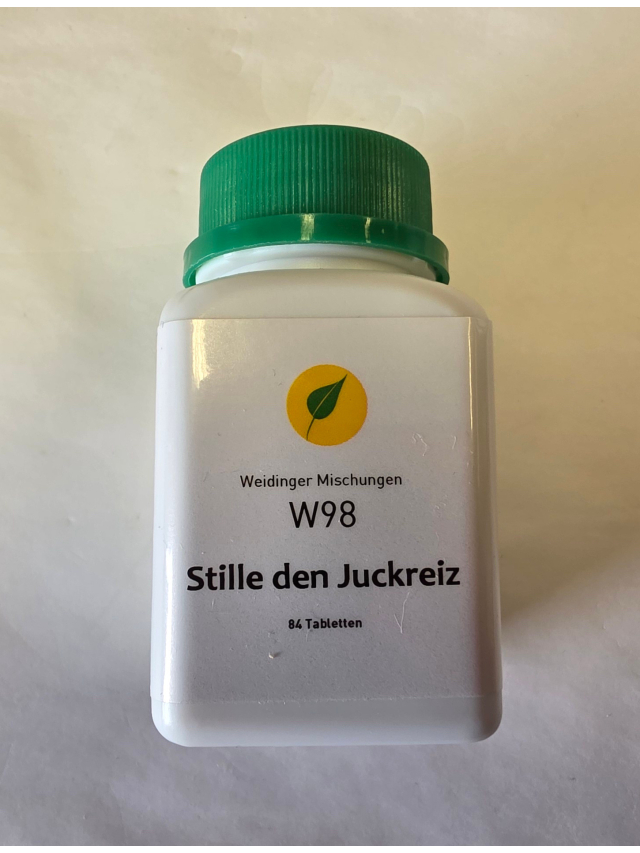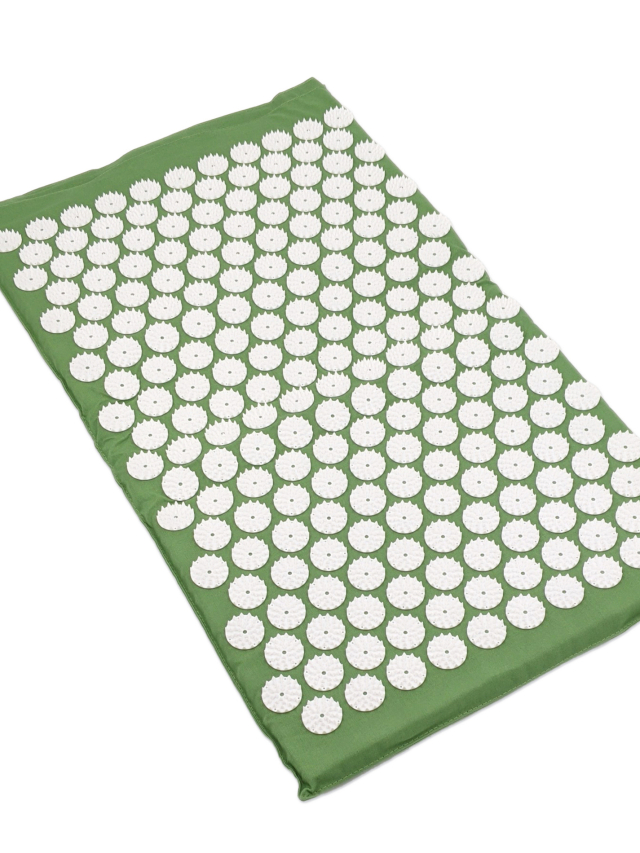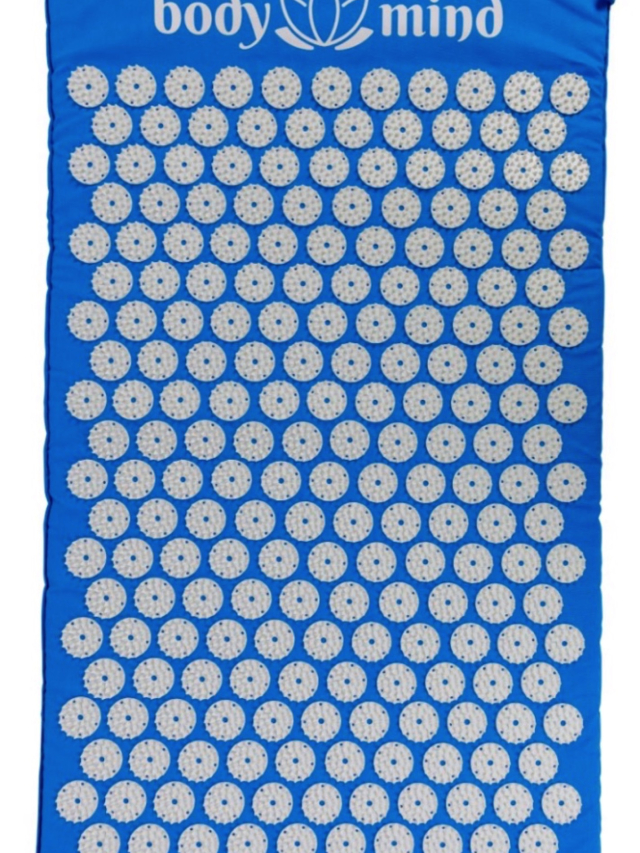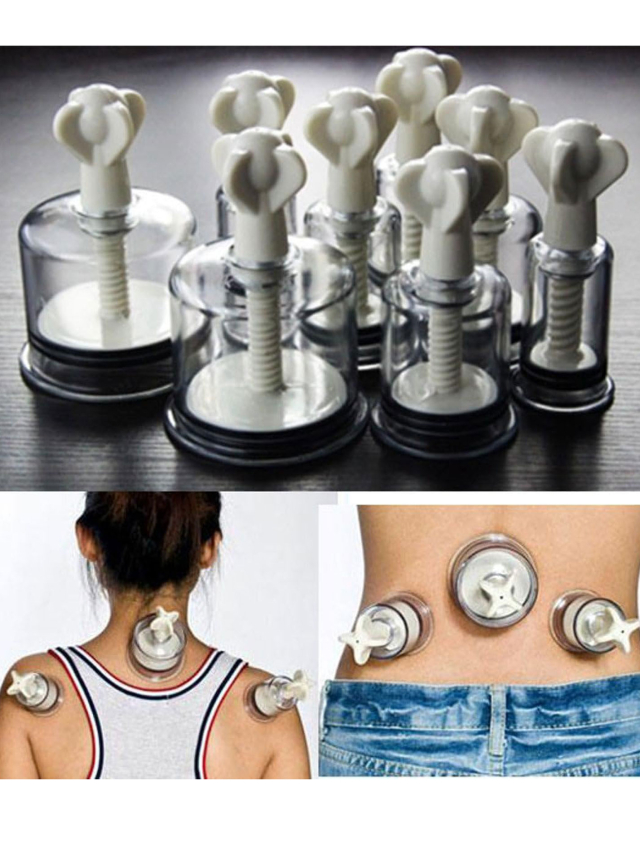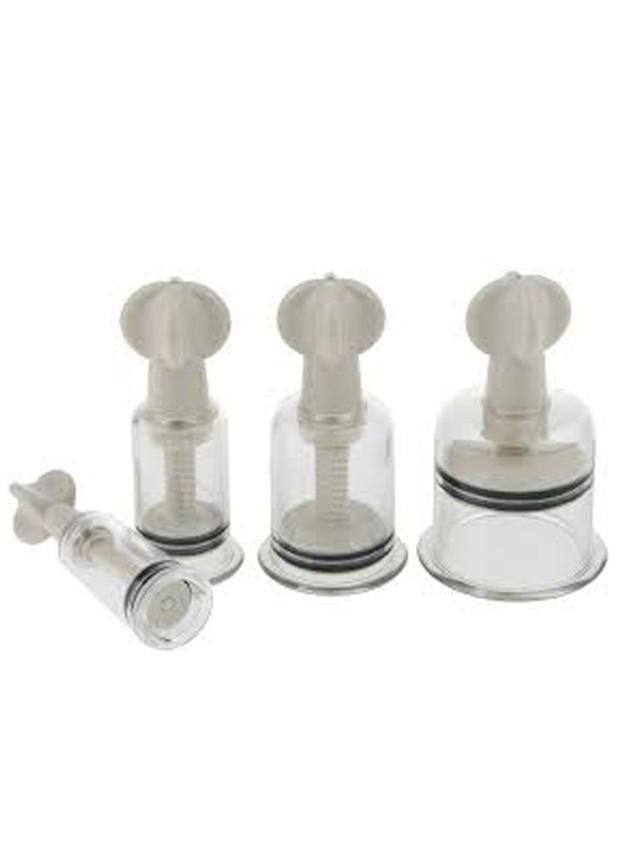Herzlich Willkommen beim BACOPA Versand!
BACOPA mit dem Erwachsenenbildungsqualitätssiegel (EBQ) seit 2003. Höchstbewertung: 100 % im September 2024
Unser Shop mit aktuell 4335 Büchern und Produkten!
Seit über 33 Jahren versenden wir Fachliteratur und Therapiebedarf an unsere Kundinnen und Kunden im In- und Ausland. Wenn die bestellten Bücher und Produkte lagernd sind, verlassen sie noch am selben, spätestens nächsten Tag unser Haus und sind auf dem Weg zu Ihnen. Herzlichen Dank für die Kundentreue gerade in der heutigen Zeit!
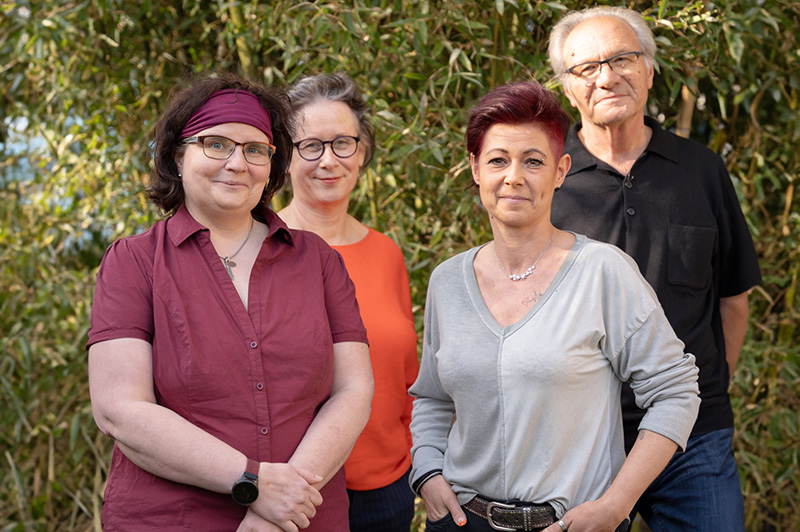
Das BACOPATeam
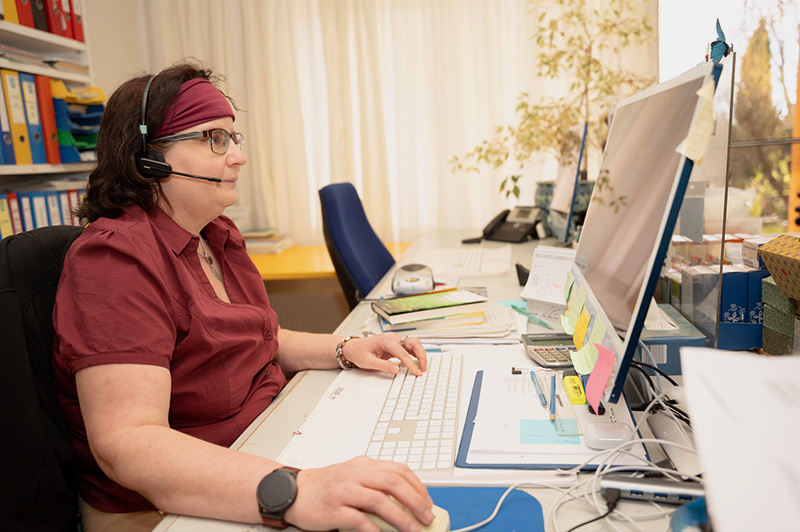
Bettina Atzelhuber bei der Arbeit

Kristine Hauswirth bei der Arbeit
BACOPA Produktgruppen
Neue Produkte
Ihre Ansprechpersonen sind

Walter Fehlinger
Geschäftsführung

Regina Fehlinger
Rechnungswesen, Seminare
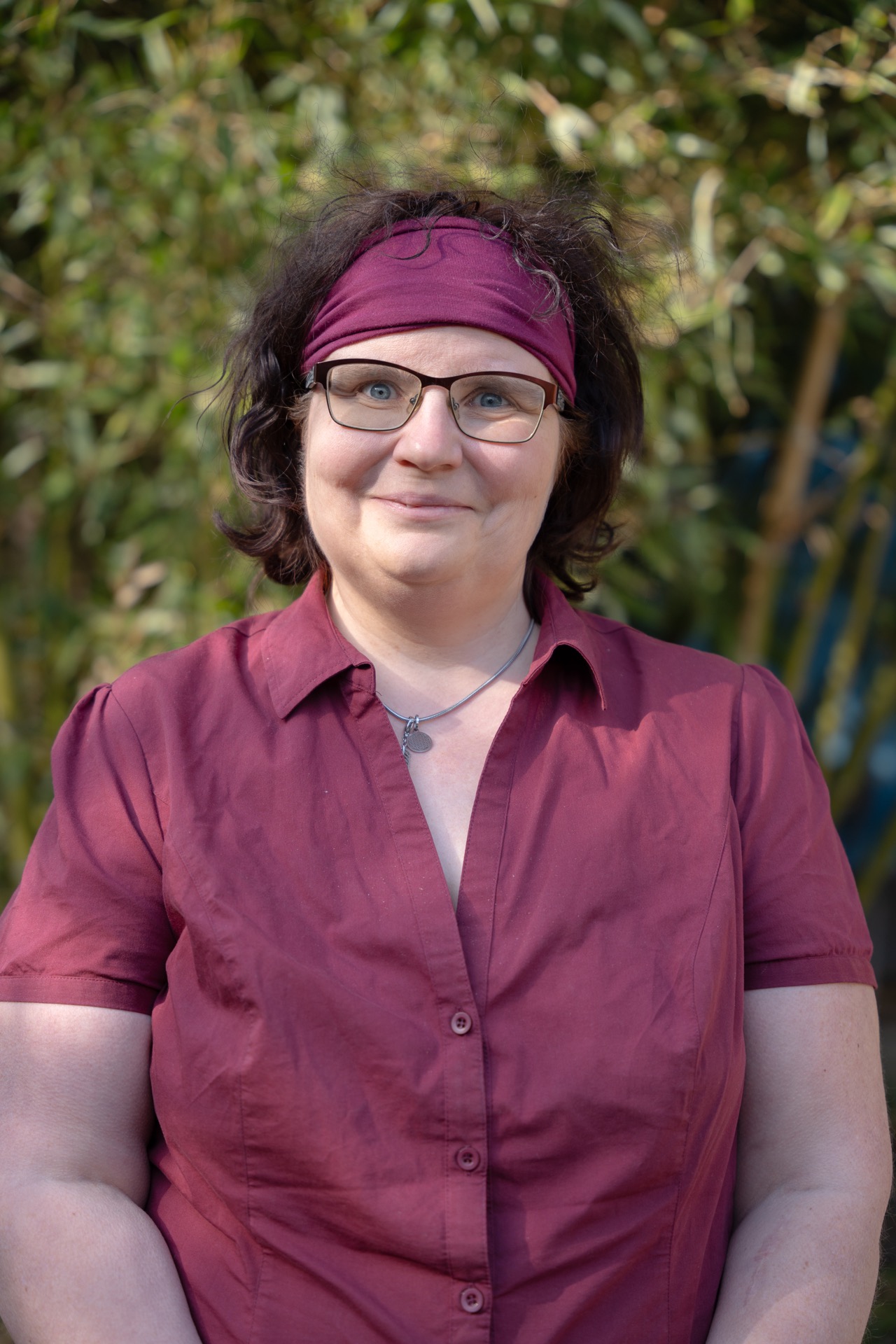
Bettina Atzelhuber
Seminare, Versand
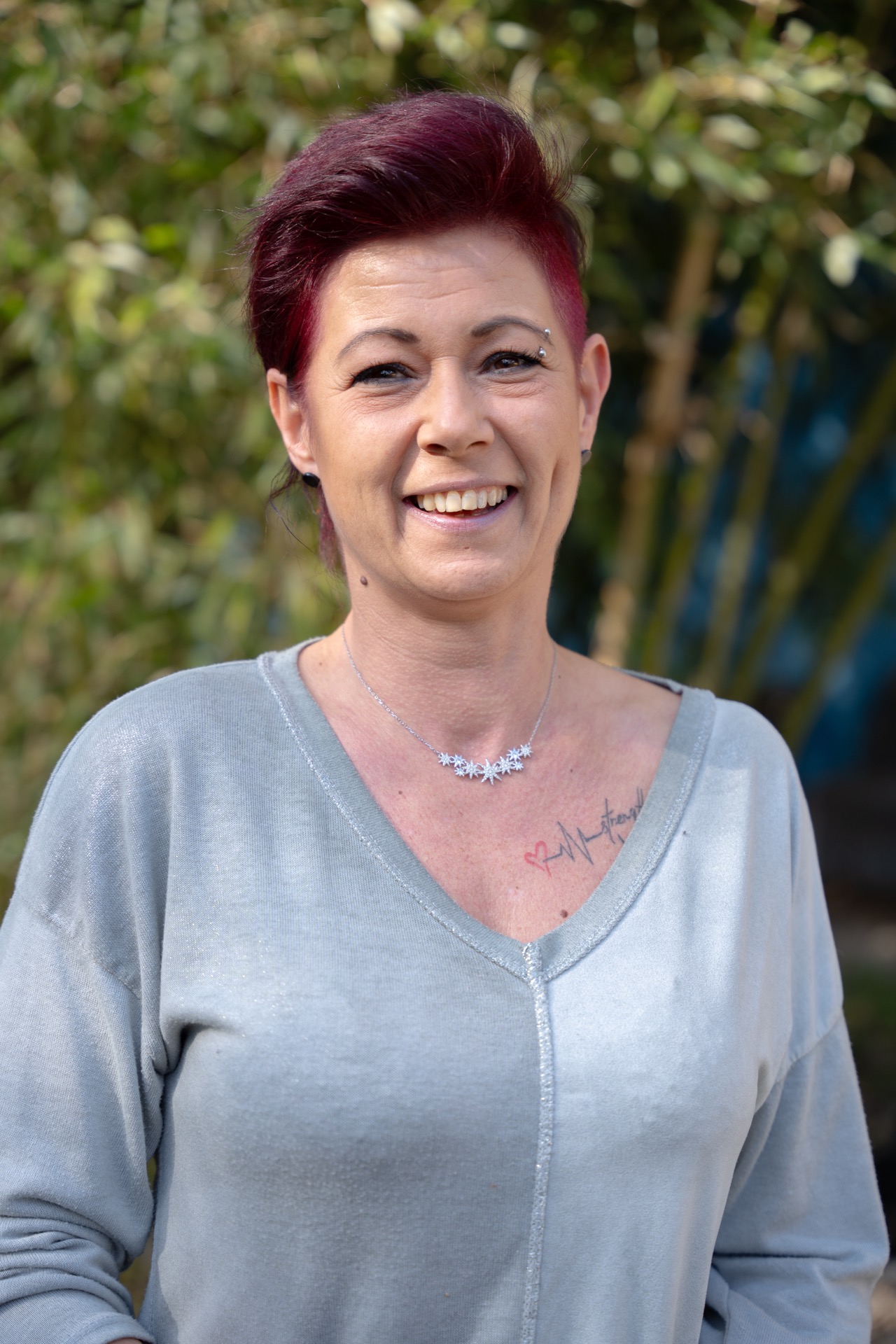
Kristine Hauswirth
Seminare, Versand
Sie erreichen uns wie folgt:
Tel: +43 7251 / 22235
Fax: +43 7251 / 22235-16
Allgemein:
Verlag:
Versand:
Adresse:
BACOPA Handels- & Kulturges.m.b.H.Verlag - Bildungszentrum - Versand
Waidern 42
A-4521 Schiedlberg
AUSTRIA
A-4521 Schiedlberg
AUSTRIA
Öffnungszeiten:
Mo-Do: 9:00-12:00 und 13:00-17:00Freitag: 9:00-12:00 und 13:00-16:00



